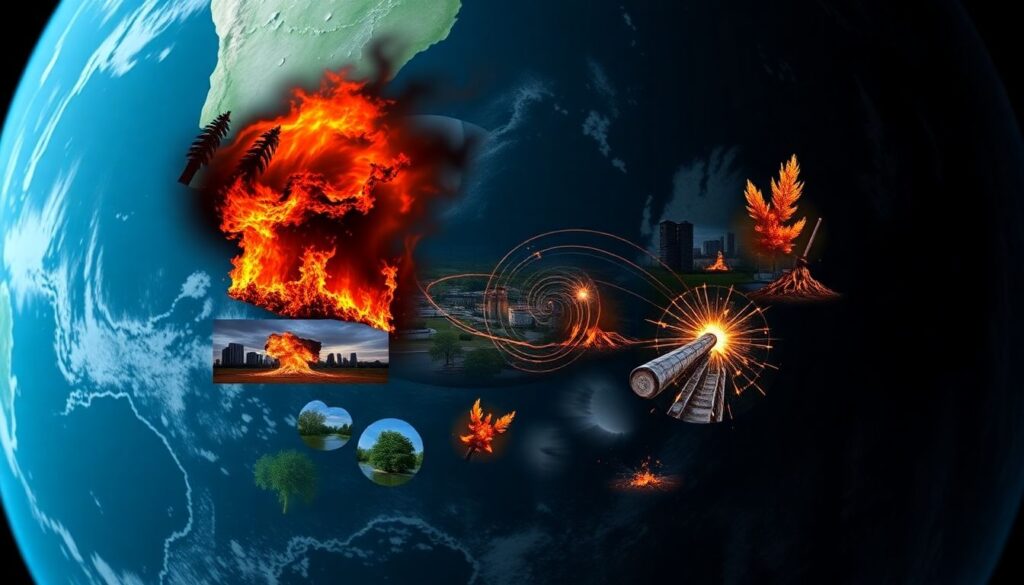Welcome to our retrospective on the most catastrophic natural disasters of 2024. This year has been marked by unprecedented weather events that have left us speechless and worried about the future. From raging wildfires to devastating floods, Mother Nature has shown us her fiercest side. Join us as we explore these events and the responses that followed.
Air Mail
Imagine a globe spun from shadows and somber hues, a world where nature’s wrath is unleashed in a symphony of cataclysms. Wildfires paint continents in fiery brushstrokes, their angry orange tendrils licking the skies, which are choked with billowing smoke. Meanwhile, coastlines are devoured by floods, the waters rising like specters, relentless and cold, submerging cities and turning familiar landscapes into eerie, watery stranger.
In the heart of the oceans, hurricanes spiral like monstrous dancers, their eyes fixed on destruction. Winds howl like banshees, whipping the seas into a frenzy, as the storms carve paths of devastation, swallowing everything they touch. Simultaneously, the earth groans and shudders, as earthquakes tear through its crust. Cities crumble, and mountains shiver, their once-steadfast peaks swaying like drunkards.
This is not a peaceful globe, but one where chaos reigns, a stark reminder of nature’s power and unpredictability. The somber color scheme serves as a grim backdrop, echoing the severity of these simultaneous natural disasters. It’s a humbling sight, one that calls for unity, resilience, and urgent action in the face of such overwhelming forces.
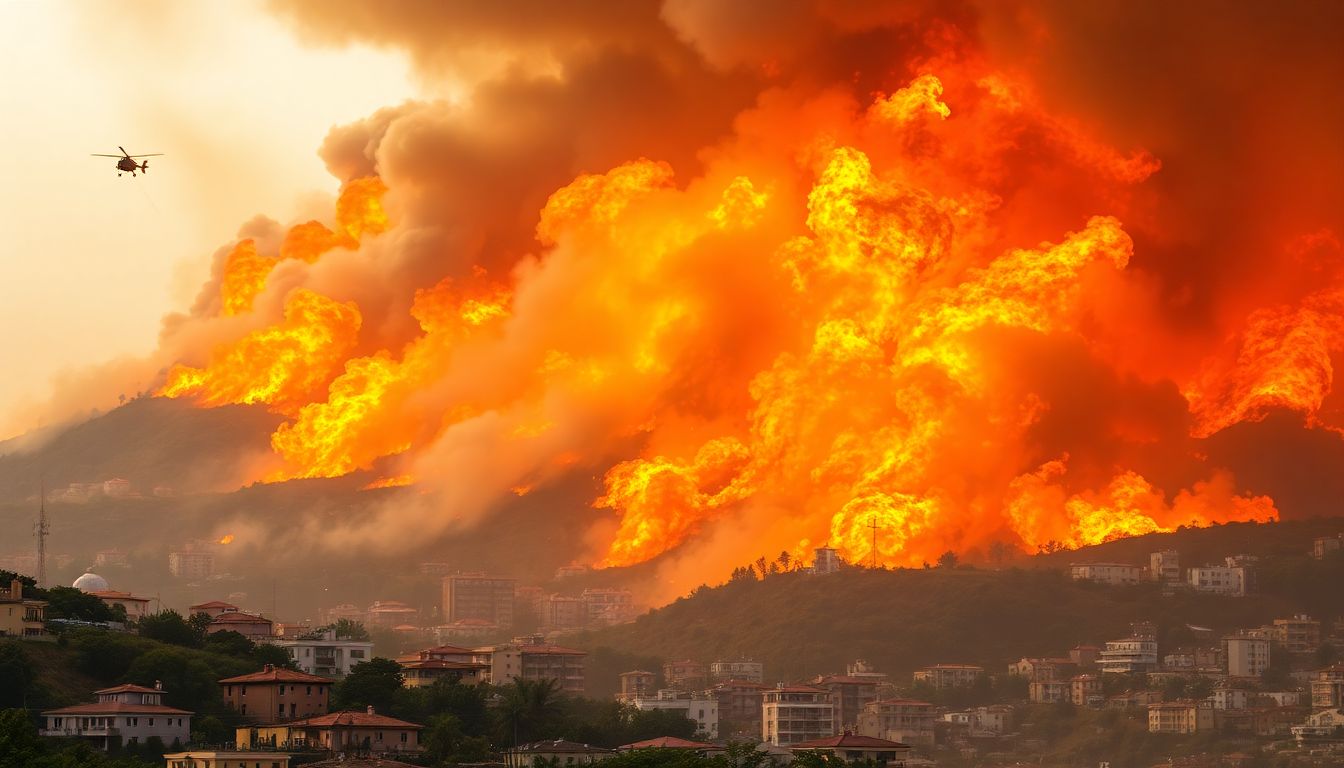
Burning Down the House
In the scorching summer of January-February 2024, the vibrant city of Valparaíso, Chile, was struck by a catastrophic wildfire that left an indelible mark on its landscape and people. The fire, fueled by strong winds and soaring temperatures, rapidly engulfed the city’s hills, consuming everything in its path. The extent of the damage was staggering: over 5,000 hectares of land were reduced to ashes, and more than 2,000 homes were destroyed, leaving thousands of residents displaced and in distress.
The impact on local communities was profound. Families lost their homes and beloved possessions, schools and community centers were reduced to rubble, and local businesses saw their livelihoods go up in smoke. The historic quarter of Valparaíso, a UNESCO World Heritage site, did not escape unscathed. Several iconic buildings were damaged, causing immeasurable loss to Chile’s cultural heritage. Power outages and disruptions in water supply added to the chaos, challenging the resilience of the tight-knit communities.
The environmental consequences of the wildfire were equally devastating. The lush forests surrounding Valparaíso were transformed into charred landscapes, leading to a significant loss of biodiversity. The fire also accelerated soil erosion, increasing the risk of landslides during rainy seasons. The air quality plummeted as smoke blanketed the city, posing severe health risks to residents, especially the elderly and those with respiratory conditions.
Firefighters faced formidable challenges in their battle against the relentless blaze. Steep terrain, narrow streets, and the dense urban layout of Valparaíso made it difficult to access affected areas. Despite their valiant efforts, the firefighters were often overwhelmed by the fire’s ferocity. International aid swiftly arrived to support the exhausted local teams.
- Spain deployed specialist firefighters and equipment.
- Argentina sent reinforcements and helicopters for aerial firefighting.
- The United States provided satellite imagery and technical assistance.
This global cooperation was a beacon of hope amidst the devastation, demonstrating the power of international solidarity in the face of adversity.
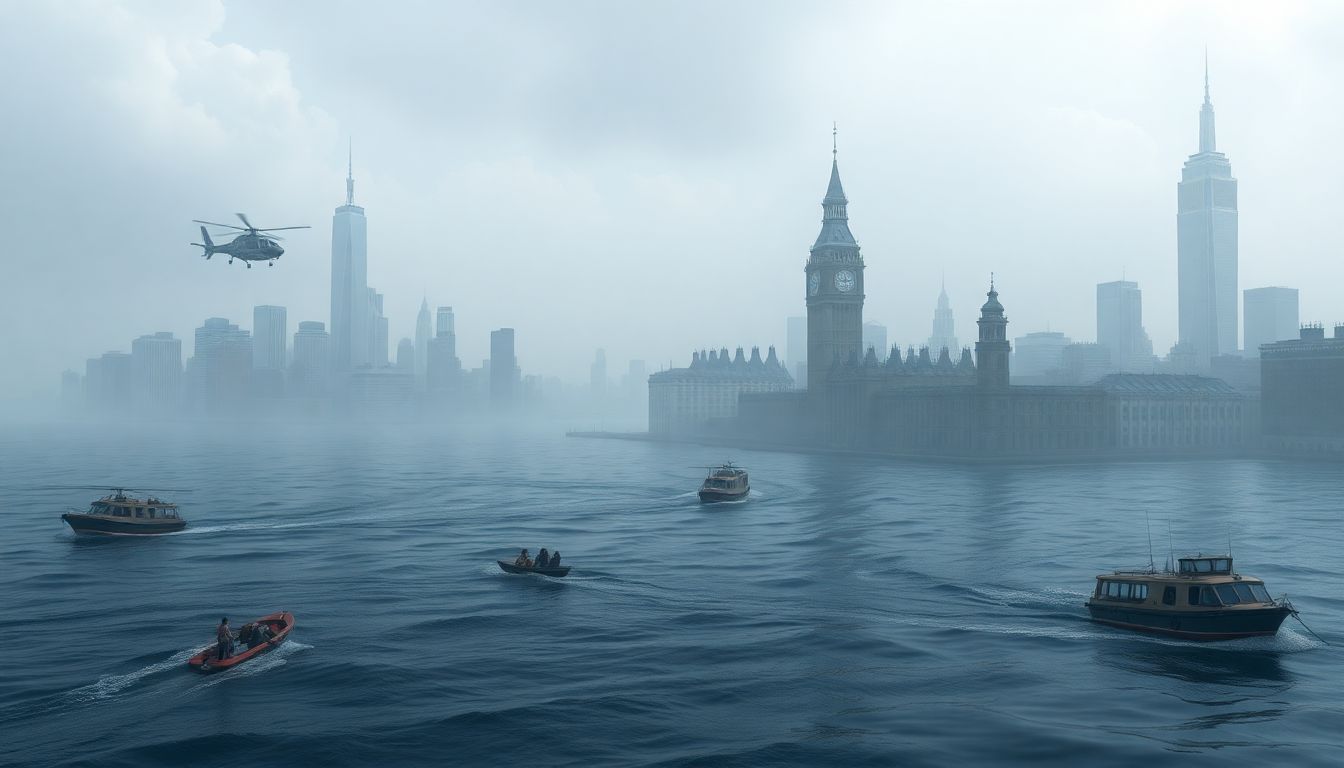
The Floods of Fury
In 2024, the world witnessed an unprecedented wave of severe flooding, leaving multiple regions reeling from the catastrophic impact. From the sprawling cities of Asia to the historic towns of Europe, no corner of the globe seemed untouched. Some of the most impacted areas included the densely populated coastal regions of Bangladesh, the vast agricultural belts of the United States, and the bustling urban centers of China. The relentless deluge displaced millions of people, with estimates suggesting that over 20 million individuals were forced to leave their homes in search of safer grounds.
The economic toll of these floods was nothing short of devastating. Infrastructure, including roads, bridges, and homes, was washed away, leaving communities isolated and struggling to rebuild. According to preliminary reports, the global economic impact surpassed $500 billion, with small businesses and agricultural sectors bearing the brunt of the losses. The ripple effects were felt across various industries, from disrupted supply chains to increased food prices, highlighting the interconnected nature of our global economy.
Climate change played a significant role in exacerbating these flood events. Warmer temperatures led to increased moisture in the atmosphere, resulting in heavier rainfall and more frequent storms. Rising sea levels, caused by melting glaciers and polar ice caps, also contributed to the severity of coastal flooding. Scientists warned that these events were not mere anomalies but rather a glimpse into a future where extreme weather events become the norm. The urgency to address climate change was never more apparent, as world leaders grappled with the reality of these catastrophic events.
The global response to the flooding crises was a mix of humanitarian aid, technological innovation, and policy shifts. International organizations and governments rallied to provide immediate relief, including:
- Emergency shelters and medical assistance
- Food and water supplies
- Financial aid for rebuilding
In the long term, investments were made in sustainable infrastructure and early warning systems to mitigate future risks. The United Nations convened emergency sessions to discuss global climate action, emphasizing the need for collaborative efforts to reduce greenhouse gas emissions and transition to renewable energy sources. The world stood at a crossroads, with the 2024 floods serving as a stark reminder of the urgent need for collective action against climate change.
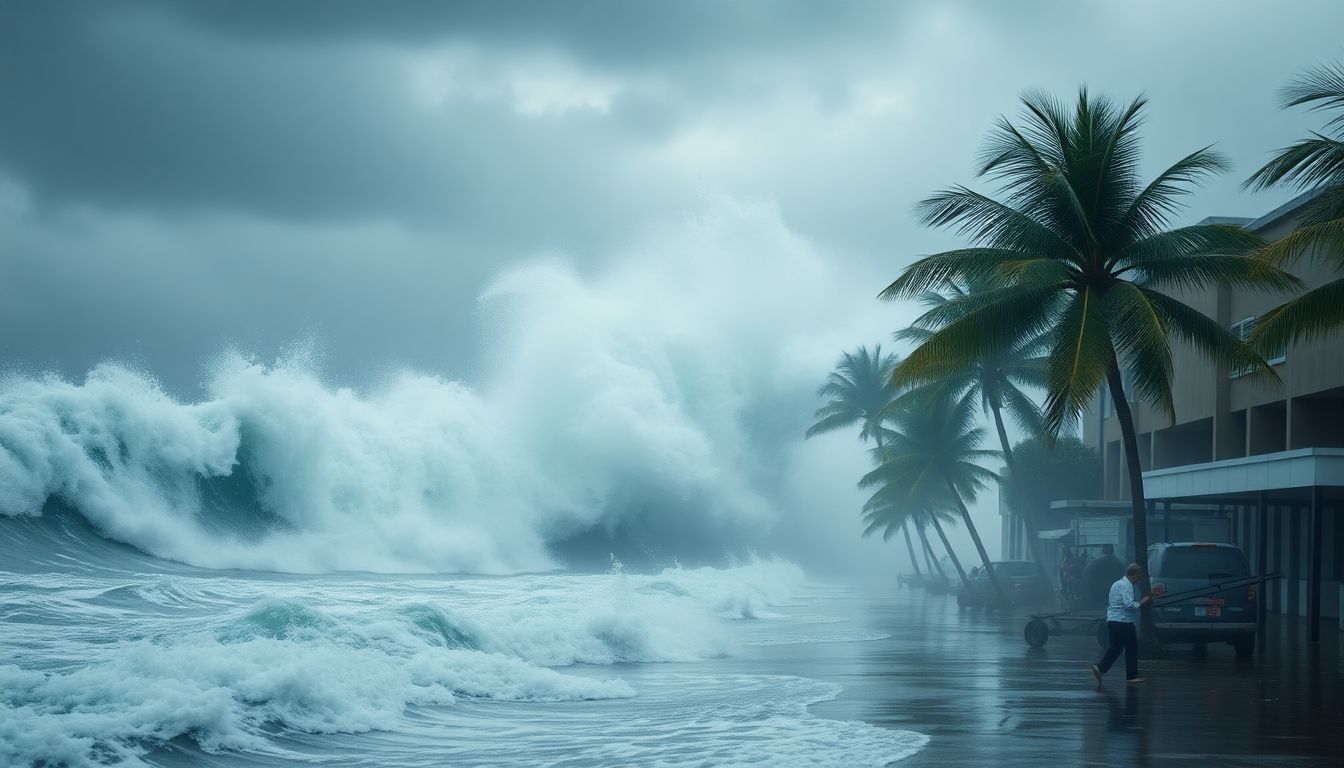
Hurricane Havoc
The year 2024 will be long remembered for the relentless fury of its hurricanes, which tore through the Atlantic and Pacific oceans with unprecedented strength. In the Atlantic, Hurricane Laura made landfall in the Gulf Coast, packing winds of over 150 mph, making it a Category 5 monster. Laura’s path stretched from the Caribbean to the U.S. mainland, causing catastrophic damage. Meanwhile, in the Pacific, Typhoon Mangkhut ravaged Southeast Asia, with winds gusting up to 165 mph, leaving a trail of destruction in its wake.
The sheer power of these storms left entire communities in ruins. In the Atlantic, Laura’s storm surge flooded cities, turning streets into rivers and sweeping away homes and businesses. In the Pacific, Mangkhut’s ferocious winds flattened villages and caused massive landslides, burying entire neighborhoods. The destruction was unimaginable, with power outages lasting for weeks and communication lines severed, making it difficult for rescue teams to assess the full extent of the damage.
Amidst the chaos, rescue teams worked tirelessly to save lives and provide aid. In the aftermath of Laura, the Cajun Navy, a volunteer group of private boat owners, braved the flooded streets to rescue stranded residents. Across the Pacific, international aid organizations rushed to provide medical care, food, and water to those affected by Mangkhut. Stories of heroism emerged, such as the selfless actions of a local fisherman who used his boat to ferry supplies to isolated communities cut off by the storm.
Despite the devastation, stories of survival and resilience began to surface. In the Atlantic, a family in Louisiana took shelter in their attic as floodwaters rose, using a mattress as a makeshift raft to escape through a window. In the Pacific, a group of schoolchildren huddled together in a sturdy classroom, singing songs to stay calm as Mangkhut’s winds howled outside. Their teacher, who stayed with them throughout the ordeal, later recounted how the children’s bravery inspired her to remain strong. These personal stories serve as a testament to the indomitable spirit of communities that, even in the face of nature’s wrath, find the strength to endure and rebuild.
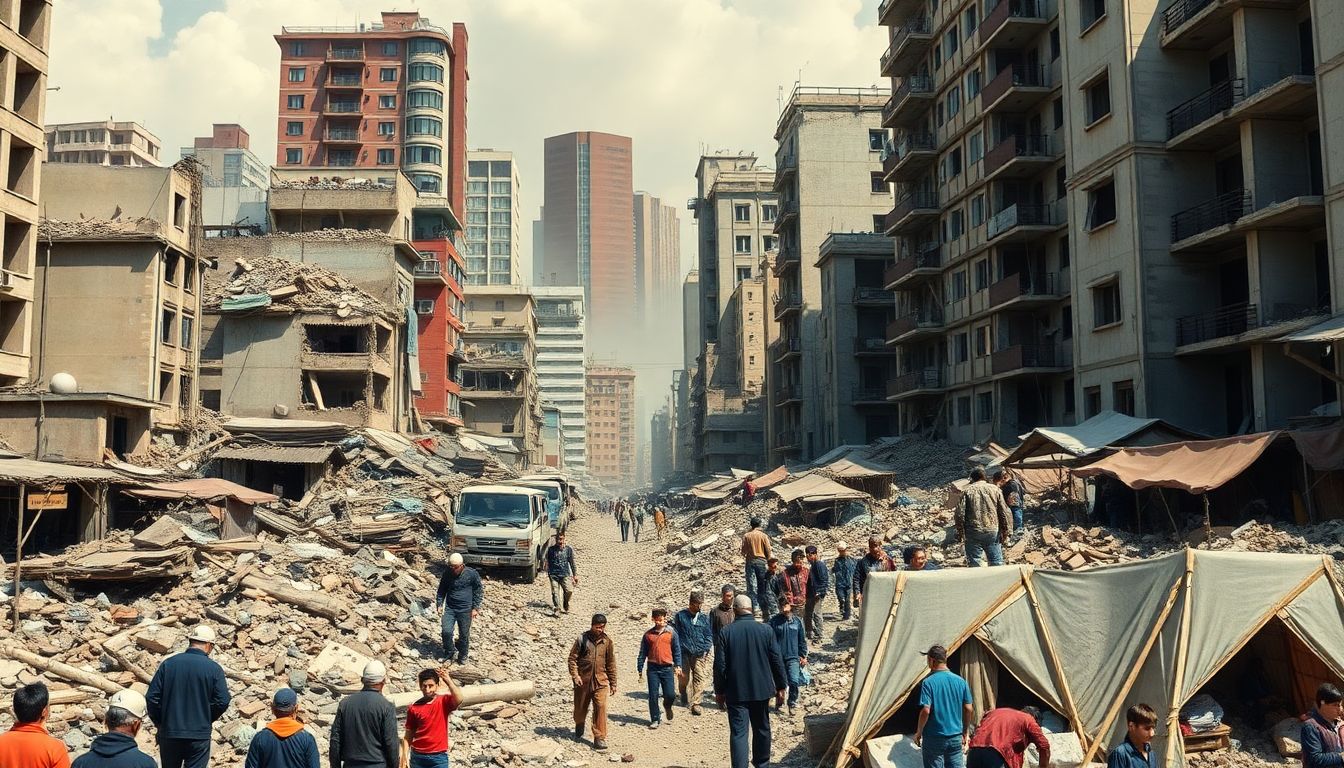
Earthquakes and Aftershocks
The year 2024 witnessed several major earthquakes that left significant impacts on various countries. In January, a powerful 7.8 magnitude earthquake struck off the coast of Japan, sending tsunami waves crashing into the shorelines of the Tohoku region. The quake caused substantial damage to infrastructure, with buildings collapsing and roads buckling. The death toll reached over 500, with thousands more injured and displaced.
In April, a devastating 8.2 magnitude earthquake hit the Andean region of Peru. The quake triggered massive landslides that buried entire villages. The affected regions included Lima and the surrounding areas, where the earthquake left a trail of destruction. Over 1,000 people lost their lives, and the economic impact was estimated to be in the billions of dollars.
These events underscored the critical importance of earthquake preparedness. Governments and communities worldwide must invest in robust infrastructure, early warning systems, and public education to mitigate the risks associated with seismic activity. Preparedness measures can save lives and reduce the economic burden of recovery. International aid efforts played a pivotal role in the aftermath of these disasters. Organizations such as the Red Cross, UNICEF, and Doctors Without Borders mobilized quickly to provide medical aid, shelter, and essential supplies to the affected populations. Their efforts were instrumental in helping communities begin the long road to recovery.
The international response to these earthquakes highlighted the importance of global cooperation in disaster relief. Countries around the world sent financial aid, rescue teams, and emergency supplies to support the affected regions. These collaborative efforts not only provided immediate relief but also laid the foundation for long-term recovery and rebuilding. The following are some key takeaways from the international aid efforts:
- Rapid deployment of rescue teams and medical personnel saved countless lives.
- Financial aid and reconstruction funds helped rebuild infrastructure and restore essential services.
- Collaboration between international organizations and local governments ensured that aid was distributed effectively and efficiently.
FAQ
What are the main causes of these extreme weather events?
How can we prepare for future natural disasters?
- Invest in early warning systems and infrastructure
- Develop and implement emergency response plans
- Educate the public on disaster preparedness
- Strengthen building codes and zoning laws
- Promote sustainable practices to mitigate climate change
What role does international aid play in disaster response?
How do natural disasters impact local economies?
- Destruction of infrastructure and businesses
- Loss of jobs and livelihoods
- Disruption of supply chains
- Increased government spending on relief and recovery
- Long-term economic setbacks due to rebuilding costs
What can individuals do to help in the aftermath of a natural disaster?
- Donate to reputable relief organizations
- Volunteer time and skills to aid efforts
- Spread awareness and support through social media
- Participate in local cleanup and rebuilding initiatives
- Advocate for policies that address climate change and disaster preparedness



